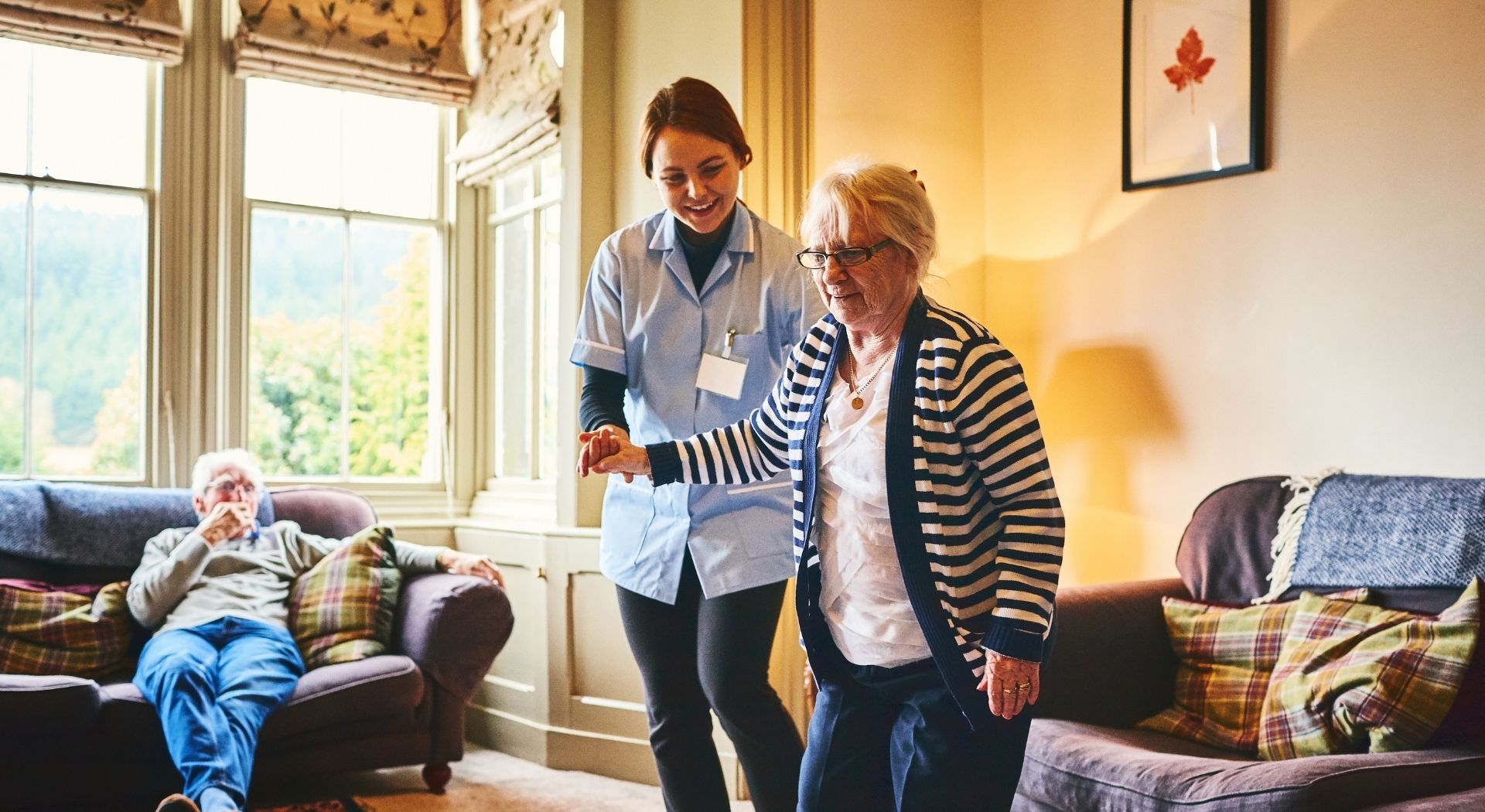Role
Industry
Solutions
Products
Smartrak offers a wide range of lone worker safety solutions to suit a variety of industries and organisations. While every one of our solutions fills a particular niche, it can be slightly overwhelming to determine which is the best for your organisation’s particular needs. We thought we’d put together a series of profiles that outline how important duress devices are in any lone worker situation.
We work with a wide range of healthcare providers, ranging from hospitals, through to mental health organisations, and in-home nursing services. These organisations have doctors, nurses, and health practitioners out on the road undertaking check-ups in patient’s own homes.
Due to the nature of the work, carers are often spending hours on the road, driving from patient home to patient home in order to provide the necessary support for recovery or illness management. In these situations, carers are working in unfamiliar locations and engaging with individuals and their families who are often in high levels of discomfort and distress. This raises the potential for conflict.
One prime example is when nurses or mental healthcare workers are required to undertake in-home visits. The very nature of in-home care is that these employees are by themselves for long periods of the day. And while in many situations, a phone call to a manager or emergency services is all that’s required, occasionally that isn’t possible.

If a healthcare worker operating alone finds themselves in an uncomfortable situation, then dialling for help might actually escalate the situation. Instead, a discrete duress device can provide an ‘out’ by alerting a manager that they need someone to check-in as a means to deescalate any volatile situation.
Our Mini PL is a straight-forward duress solution that offers simple alert functionality should a lone worker find themselves in trouble. We have a range of solutions, so call us today and we can discuss what would be best suit your needs.